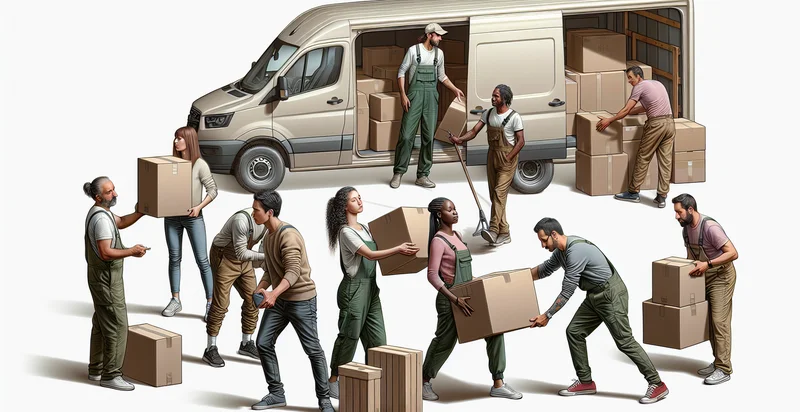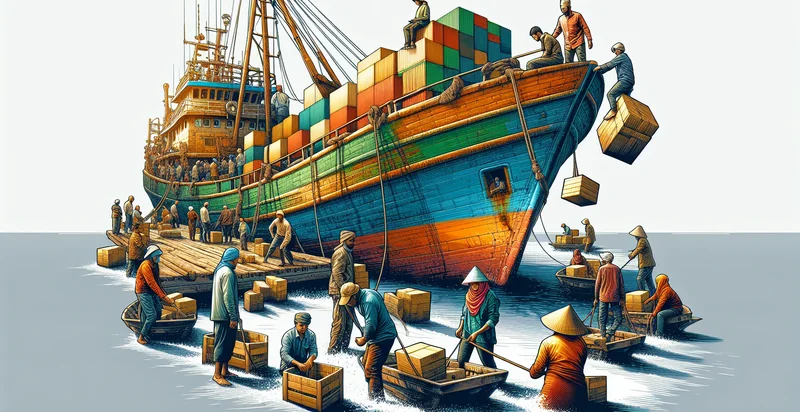Identify how many people are unloading a van
using AI
Below is a free classifier to identify how many people are unloading a van. Just upload your image, and our AI will predict how many people are unloading a van - in just seconds.

Contact us for API access
Or, use Nyckel to build highly-accurate custom classifiers in just minutes. No PhD required.
Get started
import nyckel
credentials = nyckel.Credentials("YOUR_CLIENT_ID", "YOUR_CLIENT_SECRET")
nyckel.invoke("how-many-people-are-unloading-a-van", "your_image_url", credentials)
fetch('https://www.nyckel.com/v1/functions/how-many-people-are-unloading-a-van/invoke', {
method: 'POST',
headers: {
'Authorization': 'Bearer ' + 'YOUR_BEARER_TOKEN',
'Content-Type': 'application/json',
},
body: JSON.stringify(
{"data": "your_image_url"}
)
})
.then(response => response.json())
.then(data => console.log(data));
curl -X POST \
-H "Content-Type: application/json" \
-H "Authorization: Bearer YOUR_BEARER_TOKEN" \
-d '{"data": "your_image_url"}' \
https://www.nyckel.com/v1/functions/how-many-people-are-unloading-a-van/invoke
How this classifier works
To start, upload your image. Our AI tool will then predict how many people are unloading a van.
This pretrained image model uses a Nyckel-created dataset and has 11 labels, including 0, 1, 10 Or More, 2, 3, 4, 5, 6, 7 and 8.
We'll also show a confidence score (the higher the number, the more confident the AI model is around how many people are unloading a van).
Whether you're just curious or building how many people are unloading a van detection into your application, we hope our classifier proves helpful.
Related Classifiers
Need to identify how many people are unloading a van at scale?
Get API or Zapier access to this classifier for free. It's perfect for:
- Logistics Optimization: By identifying how many people are unloading a van, logistics companies can better understand the efficiency of their operations. This information can help to optimize delivery schedules and resource allocation, ensuring timely deliveries and reducing operational costs.
- Safety Compliance Monitoring: The image classification function can be used to monitor compliance with safety regulations during the unloading process. If the system detects insufficient manpower or unsafe practices, it can alert supervisors, helping to minimize workplace accidents and enhance overall safety.
- Labor Cost Management: Businesses can analyze the number of personnel unloading vehicles to assess labor costs against productivity levels. This insight enables companies to make informed staffing decisions, helping to balance workforce requirements with budget constraints.
- Inventory Management: By tracking how many people are unloading shipments, businesses can gauge the speed of receiving inventory. This data can be integrated into inventory management systems to improve stock replenishment strategies and reduce turnaround times.
- Performance Benchmarking: The classification function allows companies to establish performance benchmarks by comparing the unloading times and the number of personnel involved across different locations or teams. This information can be used for continuous improvement initiatives and efficiency training programs.
- Customer Service Enhancement: Retailers can utilize the image classification function to monitor unloading times at their delivery points. This real-time insight can improve customer communication regarding delivery times, enhancing overall customer satisfaction and service reliability.
- Predictive Analytics for Staffing Needs: By analyzing historical data on unloading operations, businesses can predict peak times and appropriate staffing levels required. The image classification can help forecast trends related to seasonal changes or promotional events, ensuring adequate manpower during high-demand periods.


